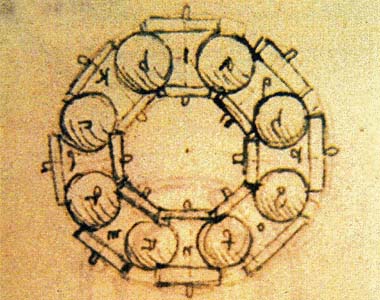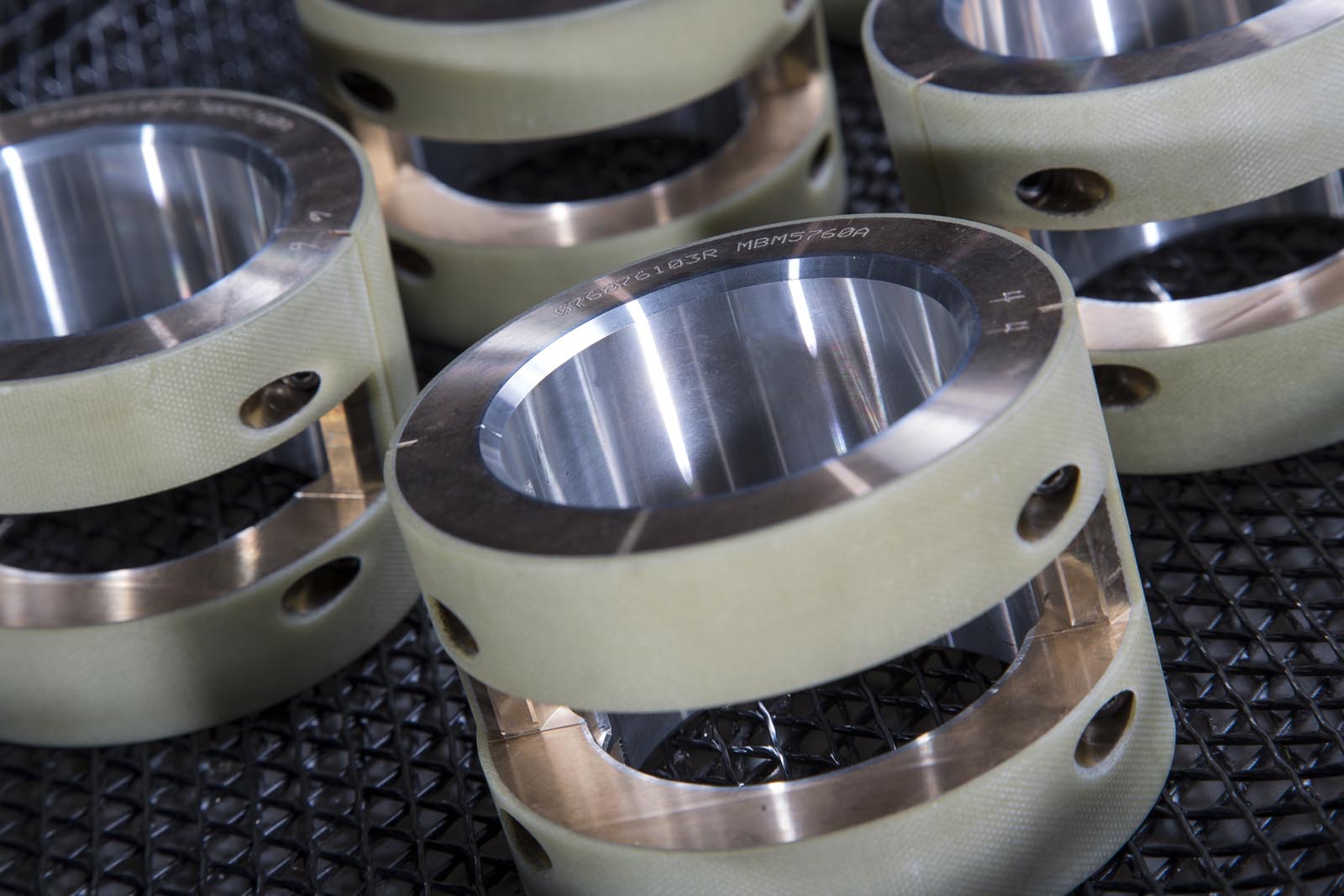History of Ball Bearings
Bearings are an element of a machine that reduces friction, which then allows for a smoother rotation. This component is important for cutting down on energy consumption, which is the single essential function of a bearing.
It is thought that the first bearings were created in Egypt out of wood, and may even predate the invention of the wheel. There are drawings that have been found in Djehutihotep that depict the moving of enormous stone boulders on sleds using lubricated runners or plain bearings.
The emergence of using plain bearings on wheeled vehicles began between 5000 BC and 3000 BC. One of the earliest discoveries of a bearing is a wooden ball bearing used in a rotating table. This bearing was discovered in the remains of the Roman Nemi ships in Lake Nemi, Italy. These shipwrecks date back to 40 BC.
 In the late 1400's, Leonardo da Vinci incorporated images and drawings of ball bearings into his design for a helicopter; coincidentally this is also the first recorded aerospace design. However, Agostino Ramelli was the first to have drawings published of his designs for roller and thrust bearings.
In the late 1400's, Leonardo da Vinci incorporated images and drawings of ball bearings into his design for a helicopter; coincidentally this is also the first recorded aerospace design. However, Agostino Ramelli was the first to have drawings published of his designs for roller and thrust bearings.
One major issue with ball bearings is that they rub against each other, causing friction. This friction can be reduced by capturing the ball bearings in a cage. This was discovered by Galileo in the 17th century. In the mid 1740's, the first caged-roller bearing was invented by horologist John Harrison; horology is the study of the measurement of time.
During the Industrial era the first recorded patent for ball bearings went to Phillip Vaughn. Vaughn was a British inventor/ironmaster and created the first modern ball bearing design in 1794 in Carmarthen, Wales. This design had the ball moving along a grooved path in the axle assembly.
Throughout the years, bearings passed through many phases, with many incarnations and inventors making improvements, along with more modern and technical uses. In 1968, the co-founder of Bishop-Wisecarver's, Bud Wisecarver, invented the “v” groove bearing guide wheels. This design had a linear motion that consisted of both an external and internal 90 degree “v” angle. This design was patented in 1972.
By 1980, Robert Schroeder, founder of Pacific Bearing, had invented the first of its kind bi-material plain bearing. This bearing was size interchangeable with linear ball bearings and was made of a metal shell, typically stainless steel, steel or aluminum, and had a layer of teflon-based material.

Which, brings us to the modern ball bearing. Today's bearings are used in a plethora of applications that involve a rotating component. These mechanisms can be found in anything from dental drills to bicycle wheels to the aerospace bearings used in the Mars Rover.
Who knew when da Vinci came up with the first aerospace drawings for ball bearings they would someday end up on Mars?
For more information on bearings or other machined parts, contact us today!
